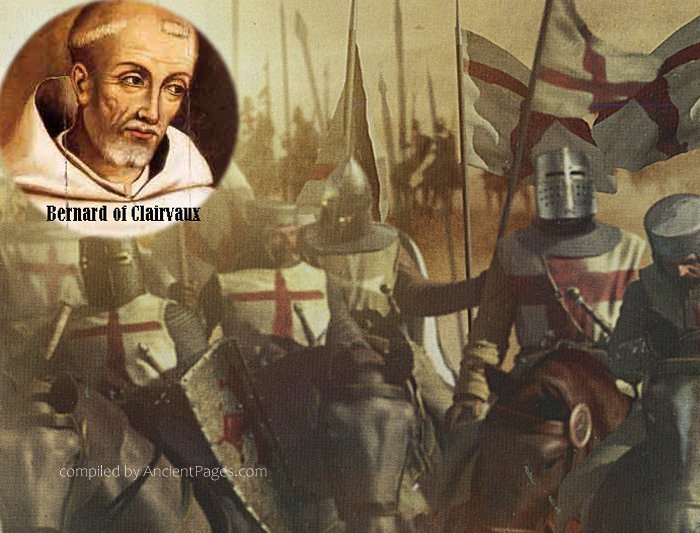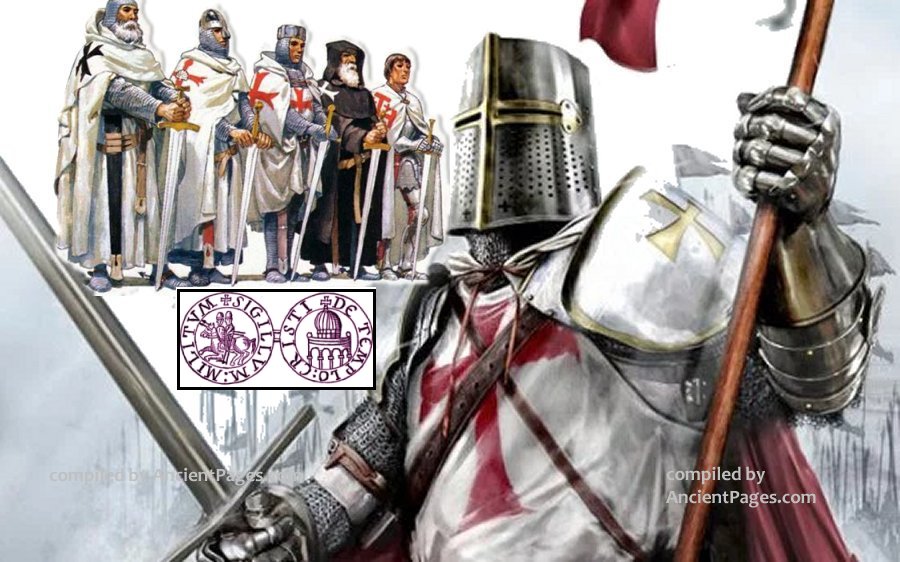Knights Templar – Strict Rules For Clothing And Eating Habits
A. Sutherland - AncientPages.com - The Knights Templar, who decided to sacrifice their lives in the service of the Order, lived according to strict discipline and had to follow many rules.
In his "Praise of the New Knighthood," Bernard of Clairvaux, the monk-knight and founder of the Cistercian monastery, describes how he was pleased with the idea of the Templar's creation, life, and activities of the monks.
He praises their rigorous life and writes enthusiastically about the simple Templar flats, where the only decorations were weapons and knights 'equipment hanging on the walls. The armor and weapons were simple and without unnecessary ornaments.
Templar knights usually convened at their church under the cover of the night. The Templars started each day with the morning Mass. Prayers - which usually began very early, about 4 am - were often recited together to keep the feeling of fraternity among the knights.
Strict Discipline Regarding Eating and Clothing For All Within The Walls Of The Convent
If the brothers were not busy fighting, they should repair the equipment and armor. The Rule required that the knight's hair be cut short so one could freely observe the battlefield during the fight.
The knights' clothing was rough and not abundant.
"....All of the newly appointed brothers were given several pieces of clothing and equipment. I received two shirts, a tunic to be worn over them, two pairs of shoes and two pairs of underdrawers. We were also given a long cape, a leather belt, a cotton cap, a cloak, and a felt hat. In addition, I received two towels, bedding, and a heavy blanket that was striped in the Order's color. The knights also gave us armor, which included a mail coat and leggings, helmet, shoes, the coat of arms, and a white surcoat with red crosses to be worn over the armor. For weaponry, we each received a sword, a lance, a triangular wooden shield, and three knives, one of which was for food.
The Order has also supplied us with one horse each..." (as it was written in A Higher Calling June of 1135)
Over the surcoats with red crosses, the knights had to wear the white mantle, also worn at mealtimes. Sergeants wore a black tunic with a red cross on the front and a black or brown cover.
Like other orders, such as the Cistercians and Benedictines, the Templars were required to eat their meals in absolute silence. The only person allowed to speak was the chaplain, a priest, who would bless the meal, and either he or a clerk would read a passage from the Bible during the eating time.
In special situations, if a brother requires something at the table, he should know certain signs used by religious men. A circle made with two fingers and the thumb was one such example, and it indicated bread. It was the silent 'sign language' used by the monks. A Templar brother who was not accustomed to such signs but had to ask for something at the table could do it quietly and with all modesty.
Except for some important religious events such as Christmas, All Saints, the Assumption, and the Feast of the 12 Apostles, the Templars ate meat (veal, beef, goat, or fish) at least three days a week to keep their strength up and constantly remain ready for combat, any time. Therefore, their food was nutritious and regularly imported from Europe.
Rule 27 said: "On Weekday Meals: On the other days of the week, that is, Mondays, Wednesdays, and even Saturdays, the brothers shall have two or three meals of vegetables or other dishes eaten with bread, and we intend that this should be sufficient and command that it should be adhered to. For he who does not eat one meal shall eat the other."
The rest of the week, they ate vegetables, cheese, and bread, at least twice and sometimes three times a day. Others, like squires and sergeants, usually had one meal daily.
The Rules also included fasts on certain days and during certain times of the year. Any fasting without permission was forbidden. Usually, the fasts were during the winter from November through Springtime.
They coincided with the reduced activities associated with the colder months, as well as the decreasing supplies of food during this time of year. From Springtime through October, two meals per day were recommended.
Those who were sick or infirm were not included in this Rule; they were supposed to continue with their regular diets so that they might not suffer.
As there was a limited quantity of bowls and plates, the Order's Rule said the brothers should eat in pairs, and each should have the same ration of wine in his cup…"
However, sometimes, the Rule decides:
"And on Sundays, all the brothers of the Temple, the chaplains, and the clerks shall be given two meat meals in honor of the holy resurrection of Jesus Christ. And the rest of the household, that is to say, the squires and sergeants, shall be content with one meal and shall be thankful to God for it."
After each meal, the Templars would silently thank God for their food.
Written by – A. Sutherland AncientPages.com Staff Writer
Updated on October 15, 2022
Copyright © AncientPages.com All rights reserved. This material may not be published, broadcast, rewritten or redistributed in whole or part without the express written permission of AncientPages.com
Expand for referencesMore From Ancient Pages
-
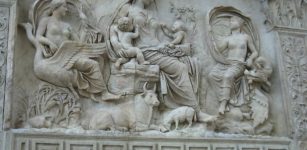 What Was Pax Deorum And How Important Was It?
Ancient History Facts | Apr 30, 2023
What Was Pax Deorum And How Important Was It?
Ancient History Facts | Apr 30, 2023 -
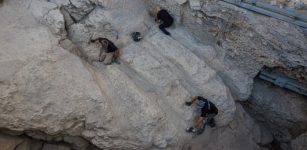 Mysterious 2,800-Year-Old Channel Installation Discovered In The City Of David, Jerusalem
Archaeology | Aug 30, 2023
Mysterious 2,800-Year-Old Channel Installation Discovered In The City Of David, Jerusalem
Archaeology | Aug 30, 2023 -
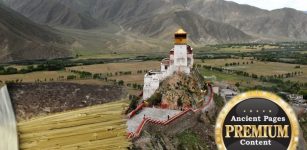 Hidden Manuscripts Reveal Ancient Sacred Wisdom Of The Gods And Surprises
Ancient Mysteries | Mar 23, 2019
Hidden Manuscripts Reveal Ancient Sacred Wisdom Of The Gods And Surprises
Ancient Mysteries | Mar 23, 2019 -
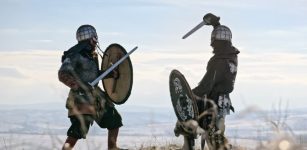 Why Were Swords So Important To Ancient Vikings?
Ancient History Facts | Oct 4, 2017
Why Were Swords So Important To Ancient Vikings?
Ancient History Facts | Oct 4, 2017 -
 Easter Island Secrets: Giant ‘Pukao’ Stone Hats Reveal That Rapa Nui People Were Not Warriors
Archaeology | Dec 22, 2017
Easter Island Secrets: Giant ‘Pukao’ Stone Hats Reveal That Rapa Nui People Were Not Warriors
Archaeology | Dec 22, 2017 -
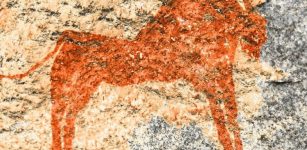 Great research of Polish archaeologist working at rock art site in Kondoa, Tanzania
News | Aug 26, 2015
Great research of Polish archaeologist working at rock art site in Kondoa, Tanzania
News | Aug 26, 2015 -
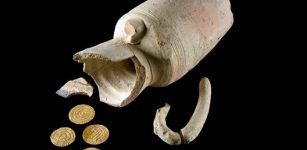 Marvelous Juglet With Four Pure Gold Coins Found In Jerusalem – Someone’s Piggy Bank?
Archaeology | Nov 12, 2020
Marvelous Juglet With Four Pure Gold Coins Found In Jerusalem – Someone’s Piggy Bank?
Archaeology | Nov 12, 2020 -
 Maize-Based Diet Of Ancient Maya, Vulnerability To Drought And Collapse Of Society
Archaeology | Jul 8, 2019
Maize-Based Diet Of Ancient Maya, Vulnerability To Drought And Collapse Of Society
Archaeology | Jul 8, 2019 -
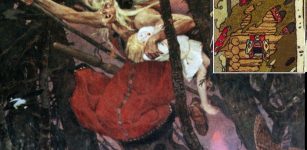 Baba Yaga: Enigmatic, Powerful Archetypal Witch In Slavic Folklore
Slavic Mythology | May 16, 2016
Baba Yaga: Enigmatic, Powerful Archetypal Witch In Slavic Folklore
Slavic Mythology | May 16, 2016 -
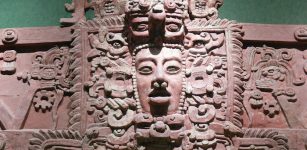 Fixing Archaeology’s Dating Problem – New Method Developed By Scientists
Archaeology | Sep 17, 2021
Fixing Archaeology’s Dating Problem – New Method Developed By Scientists
Archaeology | Sep 17, 2021 -
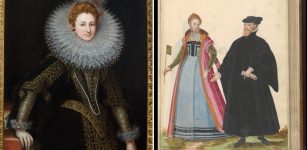 Fashion Police Enforced Gender Norms In Early Modern Genoa
Social Sciences | Dec 11, 2024
Fashion Police Enforced Gender Norms In Early Modern Genoa
Social Sciences | Dec 11, 2024 -
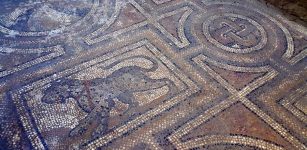 Ruins Of A Roman-Era Bath And A Floor Mosaic Discovered In Central Anatolia
Archaeology | Dec 28, 2015
Ruins Of A Roman-Era Bath And A Floor Mosaic Discovered In Central Anatolia
Archaeology | Dec 28, 2015 -
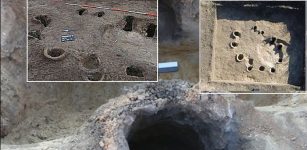 Celts In Poland: Iron Smelting Furnaces Used By Celts 2,400 Years Ago – Unearthed
Archaeology | Nov 30, 2019
Celts In Poland: Iron Smelting Furnaces Used By Celts 2,400 Years Ago – Unearthed
Archaeology | Nov 30, 2019 -
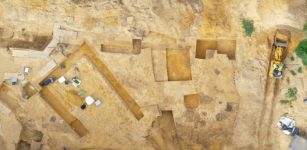 Unusual Mini Temples Discovered In Ancient Roman Camp In Haltern, Germany
Archaeology | Nov 16, 2023
Unusual Mini Temples Discovered In Ancient Roman Camp In Haltern, Germany
Archaeology | Nov 16, 2023 -
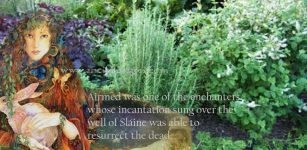 Airmid: Irish Goddess Of Healing And Herbs And One Of The Tuatha Dé Danann
Celtic Mythology | Feb 2, 2018
Airmid: Irish Goddess Of Healing And Herbs And One Of The Tuatha Dé Danann
Celtic Mythology | Feb 2, 2018 -
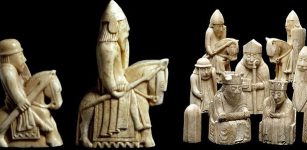 Mystery Of The Beautiful Viking Uig Chessmen Found On The Isle Of Lewis, Scotland
Artifacts | Dec 14, 2015
Mystery Of The Beautiful Viking Uig Chessmen Found On The Isle Of Lewis, Scotland
Artifacts | Dec 14, 2015 -
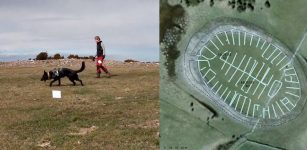 Fabel: World’s First Archaeology Dog Helps To Unravel The Mystery Of Sandby Borg
Archaeology | May 10, 2016
Fabel: World’s First Archaeology Dog Helps To Unravel The Mystery Of Sandby Borg
Archaeology | May 10, 2016 -
 China’s Ancient Water Pipes Show People Mastered Complex Engineering Without The Need For A Centralized State Authority
Archaeology | Aug 15, 2023
China’s Ancient Water Pipes Show People Mastered Complex Engineering Without The Need For A Centralized State Authority
Archaeology | Aug 15, 2023 -
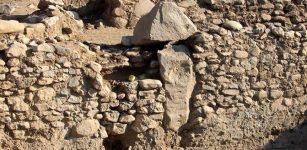 8,000-Year-Old T-Shaped, Four-Sided Structure With Pyramidion – Uncovered in Turkey
Archaeology | Nov 23, 2019
8,000-Year-Old T-Shaped, Four-Sided Structure With Pyramidion – Uncovered in Turkey
Archaeology | Nov 23, 2019 -
 Cambridge Supports Nigeria’s Claim For Return Of Benin Artefacts From University Collections
Archaeology | Aug 2, 2022
Cambridge Supports Nigeria’s Claim For Return Of Benin Artefacts From University Collections
Archaeology | Aug 2, 2022


